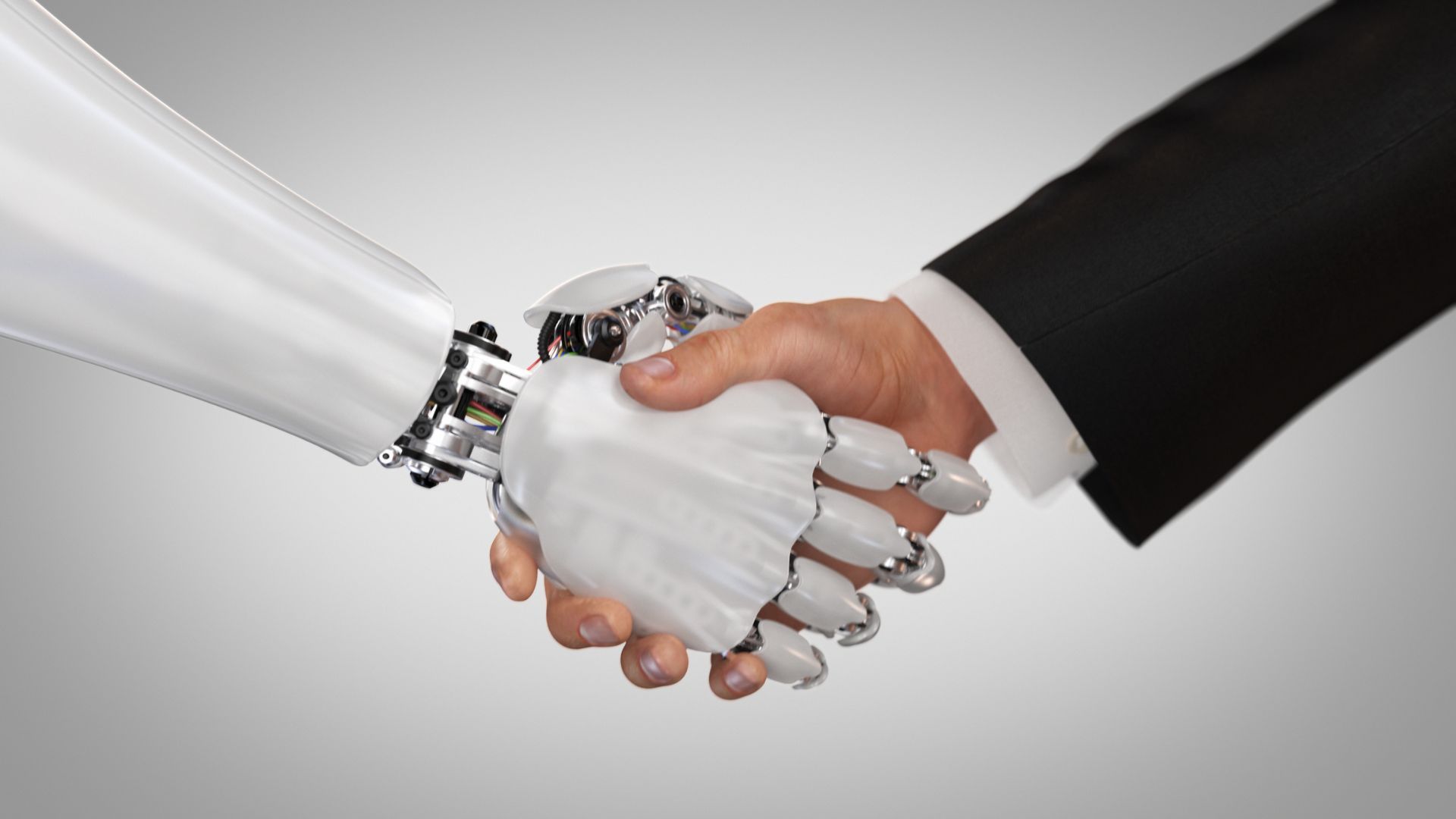The job you have might not exist in 10 years...
Lisa Johnson • July 15, 2021

A couple of weeks ago I was allowed out of the office and attended a recruitment event in Sydney. The conference had several industry and related speakers and what amazed me was the consistent message that was coming through from all of them.
The future of work is not about the skills you have now, it’s about your ability to learn new skills and pivot into new jobs
The rapid change of technology, the adoption of AI (Artificial Intelligence) and outsourcing job functions mean that even those of us in cushy office jobs are not immune to the changing workforce. At the conference I attended, one of the speakers mentioned that by 2030, globally, the world will have lost something like 85,000 jobs BUT gained 97,000 brand new ones. This isn’t job numbers ie the number of people employed, this is job type.
I can’t tell you what jobs will disappear or even what the new ones will be, but what I can tell you is how to prepare for this change.
It’s all about adaptability. Traditionally (and let’s be honest, currently) recruiters and employers have focused on key skills and experience when considering someone for a job vacancy. For example, a hiring manager is looking to recruit a Payroll Manager with experience using the IT software SAP and who has managed teams of up to 20 people.
So, when reviewing resumes, we focus on exactly that – have you used SAP and have you managed teams of people? Do we go outside these requirements? Of course, we do, we will consider other large ERP (Enterprise Resource Planning) systems, we will consider teams of different sizes. But it would be rare indeed for us to consider someone who has never used a large, complicated payroll system or someone with no management experience.
But this is going to have to change. Because these new jobs of the future won't come with ‘must have xx years of experience’ requirements. After all, they are completely new jobs. So how will we recruit these roles?
We will have to pivot to evaluate the job applicant's ability to adapt /to learn new skills. In fact, your ability to re-skill is going to be your greatest asset in the future. Chances are that employees will need to reskill multiple times over their working lives in the future. Now some of this reskilling might be ‘small,’ like learning new systems but some may be major – where you need to pivot from entering information in a system to analysing the data its producing.
Get ahead of the game – when preparing your resume NOW, play to the current recruitment process (experience and skills) AND the future recruitment process – by spending time on your resume detailing where you learned new skills, adapted to change, pivoted to the changing needs of the business in which you were working.
In the past, employers and recruiters would not consider job applicants who changed jobs a lot as being ‘choppy’ (this means they ‘chopped and changed’ their jobs a lot). This frequent change is no longer an automatic negative IF that change was adapting to changing business needs, or reskilling to work in different industries and roles. Don’t forget, change doesn’t need to be vertical either e.g., change shouldn’t always be you being promoted. The most valuable change can be horizontal change where you reskill / gain new skills in a new area of business.
This ability to step outside of the job you are in now is your ticket to being at the front of the new jobs that are waiting to appear in our future!
Find the job you love I Find the right talent
Get in touch with people2people
Australia
I
United Kingdom
In business since 2002 in Australia, NZ, and the United Kingdom, people2people is an award-winning recruitment agency with people at our heart. With over 12 offices, we specialise in accounting and finance, business support, education, executive, government, HR, legal, marketing and digital, property, sales, supply chain, and technology sectors. As the proud recipients of the 2024 Outstanding Large Agency and Excellence in Candidate Care Awards, we are dedicated to helping businesses achieve success through a people-first approach.






